President Lee Myung-bak on Tuesday said the success of the envisioned multitrillion-won science belt, which is to sprawl out from Daejeon’s Daedeok area, requires close cooperation with existing research and development clusters in Daegu and Gwangju.
Lee’s remarks came a day after his government announced its choice of Daedeok over Daegu and Gwangju as home to key facilities of the science belt ― a R&D center for basic sciences and a heavy-ion accelerator.
Describing the International Science Business Belt as “the base for convergence (of technologies and contents) and development of core technologies,” Lee said the new science complex was designed to help the country advance beyond industrialization.
“For this, the special R&D zones in Daedeok, Daegu and Gwangju must be interconnected like a web for closer cooperation,” Lee said in a congratulatory speech at the 40th founding anniversary of the Korea Advanced Institute of Science and Technology in Daejeon.
“(The science belt) should be a place where not just our scientists but also the best scientists from countries around the world gather.”
The Lee administration’s decision to stick to the president’s election pledge four years ago to locate the science belt in the central Chungcheong area came two months after it reversed another campaign promise to build an international airport in the southeastern part of the country.
Lee said early this year, however, that the location of the science belt will be “reviewed from square one,” prompting legislators and officials from the southeastern Yeongnam and southwestern Honam regions to believe they have a fair chance of winning the project.
Lee also encouraged KAIST to be “the power plant for dreams and imagination” as the university reels from recent suicides by four of its students and a professor that shocked the nation.
Earlier in the day, Lee called for the transparent disclosure of information on radioactivity levels by the nation’s agency overseeing nuclear safety.
Lee visited the Korea Institute of Nuclear Safety in Daejeon for the first time as an incumbent president. He checked on how the agency is responding to the spread of radioactive materials from Japan’s quake-stricken atomic power plant and the safety of Korean nuclear facilities.
“(The KINS) should gain public trust through the transparent disclosure of information,” Lee was quoted as saying by a Cheong Wa Dae official.
“Please do your best to help the people feel safe about nuclear plants.”
Lee toured the disaster prevention situation room of the KINS and had a luncheon meeting with nuclear safety experts there.
The KINS chief reported to Lee on the results of the agency’s latest radioactivity tests and vowed strict security management to ease radioactive fears sparked by the atomic power plant disaster in Japan.
The president called on the staff of the Gori 1 power plant, which resumed normal operation earlier this month after a safety checkup, to be fully prepared for any unexpected situations.
Korean nuclear power plants have been the world’s best for the past 20 years in terms of efficiency and safety, Lee noted in a recent interview published by French newspaper Le Monde.
“The International Atomic Energy Agency acknowledged Korea’s nuclear power plants as the world’s top-level,” Lee said in the interview, published Tuesday, in reply to a question on his view of some doubts in France over the safety of Korean atomic plants. Korea beat France to win a nuclear power plant deal in the United Arab Emirates in late 2009.
“Korea has changed a lot. We now have world-leading high-end technologies in shipbuilding, automobiles and electronics industries.”
By Kim So-hyun (sophie@heraldcorp.com)
Lee’s remarks came a day after his government announced its choice of Daedeok over Daegu and Gwangju as home to key facilities of the science belt ― a R&D center for basic sciences and a heavy-ion accelerator.
Describing the International Science Business Belt as “the base for convergence (of technologies and contents) and development of core technologies,” Lee said the new science complex was designed to help the country advance beyond industrialization.
“For this, the special R&D zones in Daedeok, Daegu and Gwangju must be interconnected like a web for closer cooperation,” Lee said in a congratulatory speech at the 40th founding anniversary of the Korea Advanced Institute of Science and Technology in Daejeon.
“(The science belt) should be a place where not just our scientists but also the best scientists from countries around the world gather.”
The Lee administration’s decision to stick to the president’s election pledge four years ago to locate the science belt in the central Chungcheong area came two months after it reversed another campaign promise to build an international airport in the southeastern part of the country.
Lee said early this year, however, that the location of the science belt will be “reviewed from square one,” prompting legislators and officials from the southeastern Yeongnam and southwestern Honam regions to believe they have a fair chance of winning the project.
Lee also encouraged KAIST to be “the power plant for dreams and imagination” as the university reels from recent suicides by four of its students and a professor that shocked the nation.
Earlier in the day, Lee called for the transparent disclosure of information on radioactivity levels by the nation’s agency overseeing nuclear safety.
Lee visited the Korea Institute of Nuclear Safety in Daejeon for the first time as an incumbent president. He checked on how the agency is responding to the spread of radioactive materials from Japan’s quake-stricken atomic power plant and the safety of Korean nuclear facilities.
“(The KINS) should gain public trust through the transparent disclosure of information,” Lee was quoted as saying by a Cheong Wa Dae official.
“Please do your best to help the people feel safe about nuclear plants.”
Lee toured the disaster prevention situation room of the KINS and had a luncheon meeting with nuclear safety experts there.
The KINS chief reported to Lee on the results of the agency’s latest radioactivity tests and vowed strict security management to ease radioactive fears sparked by the atomic power plant disaster in Japan.
The president called on the staff of the Gori 1 power plant, which resumed normal operation earlier this month after a safety checkup, to be fully prepared for any unexpected situations.
Korean nuclear power plants have been the world’s best for the past 20 years in terms of efficiency and safety, Lee noted in a recent interview published by French newspaper Le Monde.
“The International Atomic Energy Agency acknowledged Korea’s nuclear power plants as the world’s top-level,” Lee said in the interview, published Tuesday, in reply to a question on his view of some doubts in France over the safety of Korean atomic plants. Korea beat France to win a nuclear power plant deal in the United Arab Emirates in late 2009.
“Korea has changed a lot. We now have world-leading high-end technologies in shipbuilding, automobiles and electronics industries.”
By Kim So-hyun (sophie@heraldcorp.com)


![[KH Explains] Will 6-day workweek for executives help Samsung avert crisis?](http://res.heraldm.com/phpwas/restmb_idxmake.php?idx=644&simg=/content/image/2024/04/21/20240421050096_0.jpg&u=20240421164408)
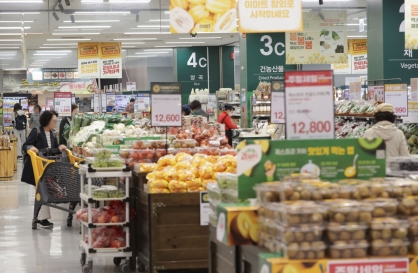
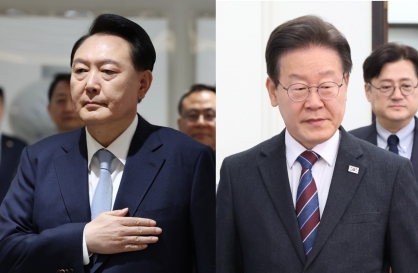
![[AtoZ into Korean mind] Humor in Korea: Navigating the line between what's funny and not](http://res.heraldm.com/phpwas/restmb_idxmake.php?idx=644&simg=/content/image/2024/04/22/20240422050642_0.jpg&u=)
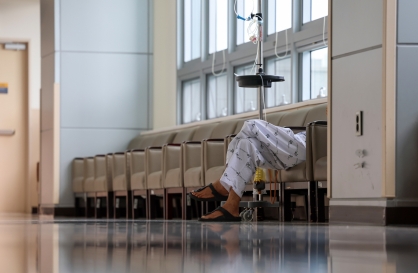


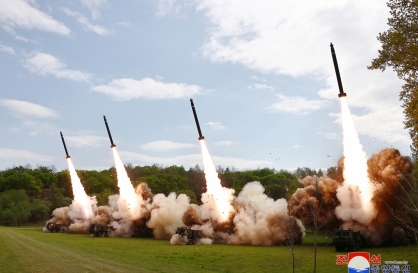
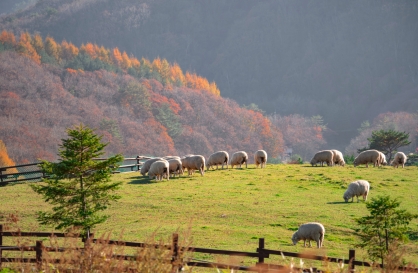
![[Herald Interview] Why Toss invited hackers to penetrate its system](http://res.heraldm.com/phpwas/restmb_idxmake.php?idx=644&simg=/content/image/2024/04/22/20240422050569_0.jpg&u=20240422150649)


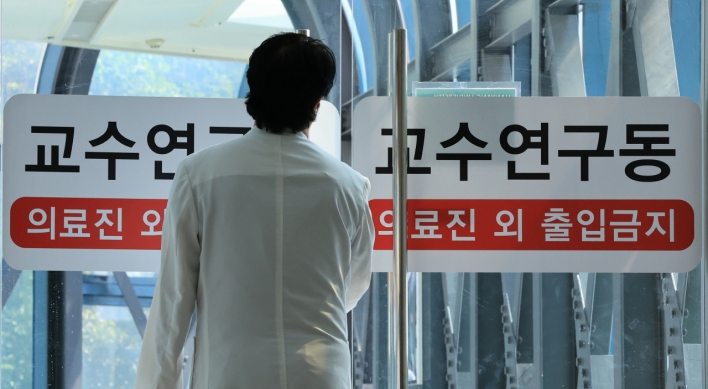

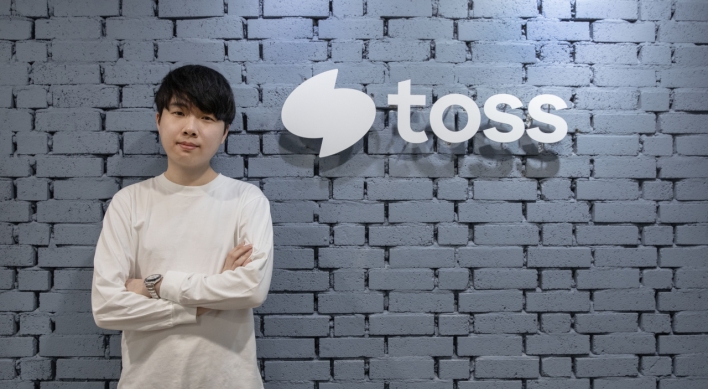
![[Herald Review] Xdinary Heroes kicks off five-month-long project with solo concert, teases new album](http://res.heraldm.com/phpwas/restmb_idxmake.php?idx=652&simg=/content/image/2024/04/22/20240422050539_0.jpg&u=20240422152154)
![[Today’s K-pop] Illit logs 100m Spotify streams with debut song](http://res.heraldm.com/phpwas/restmb_idxmake.php?idx=642&simg=/content/image/2024/04/22/20240422050650_0.jpg&u=)